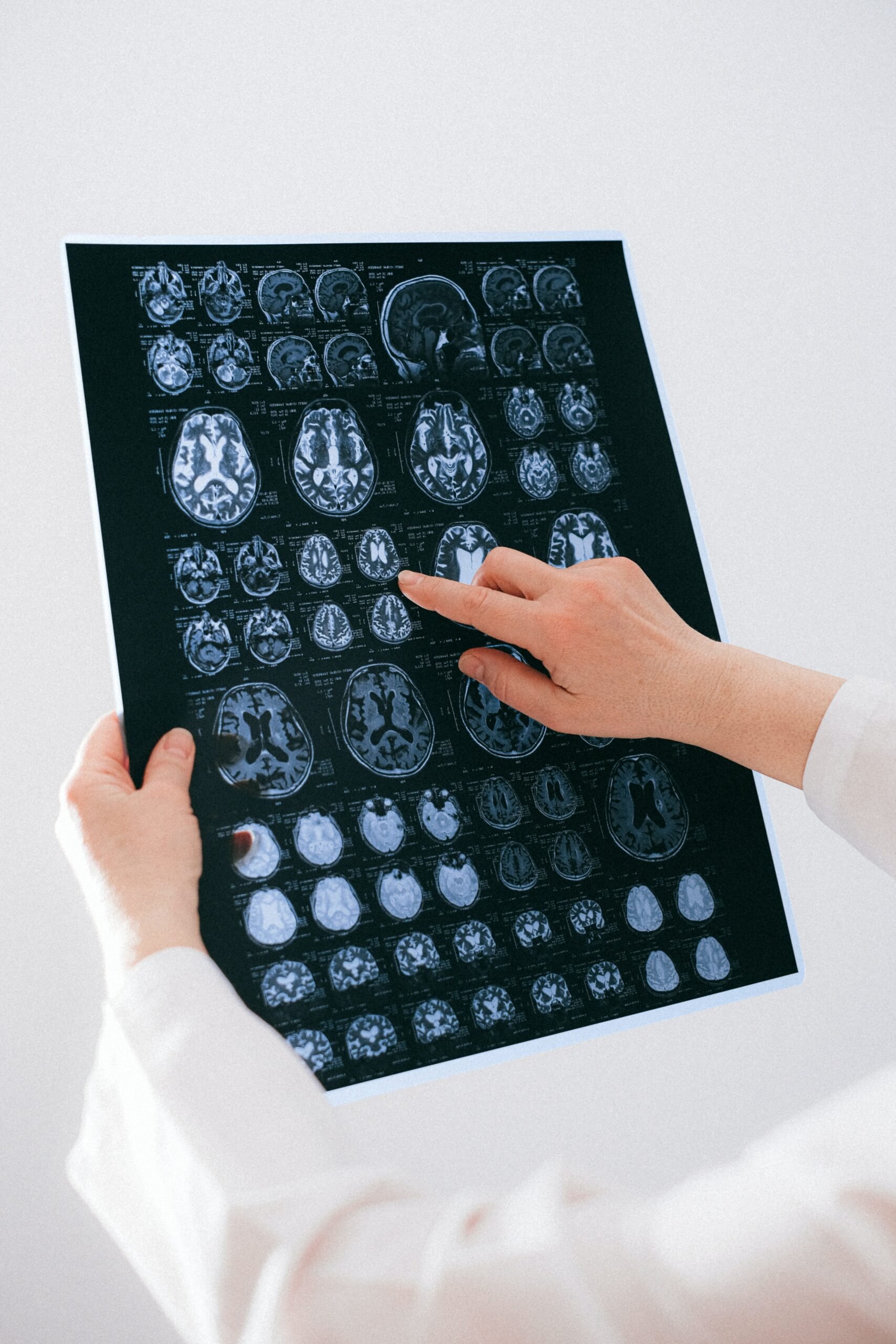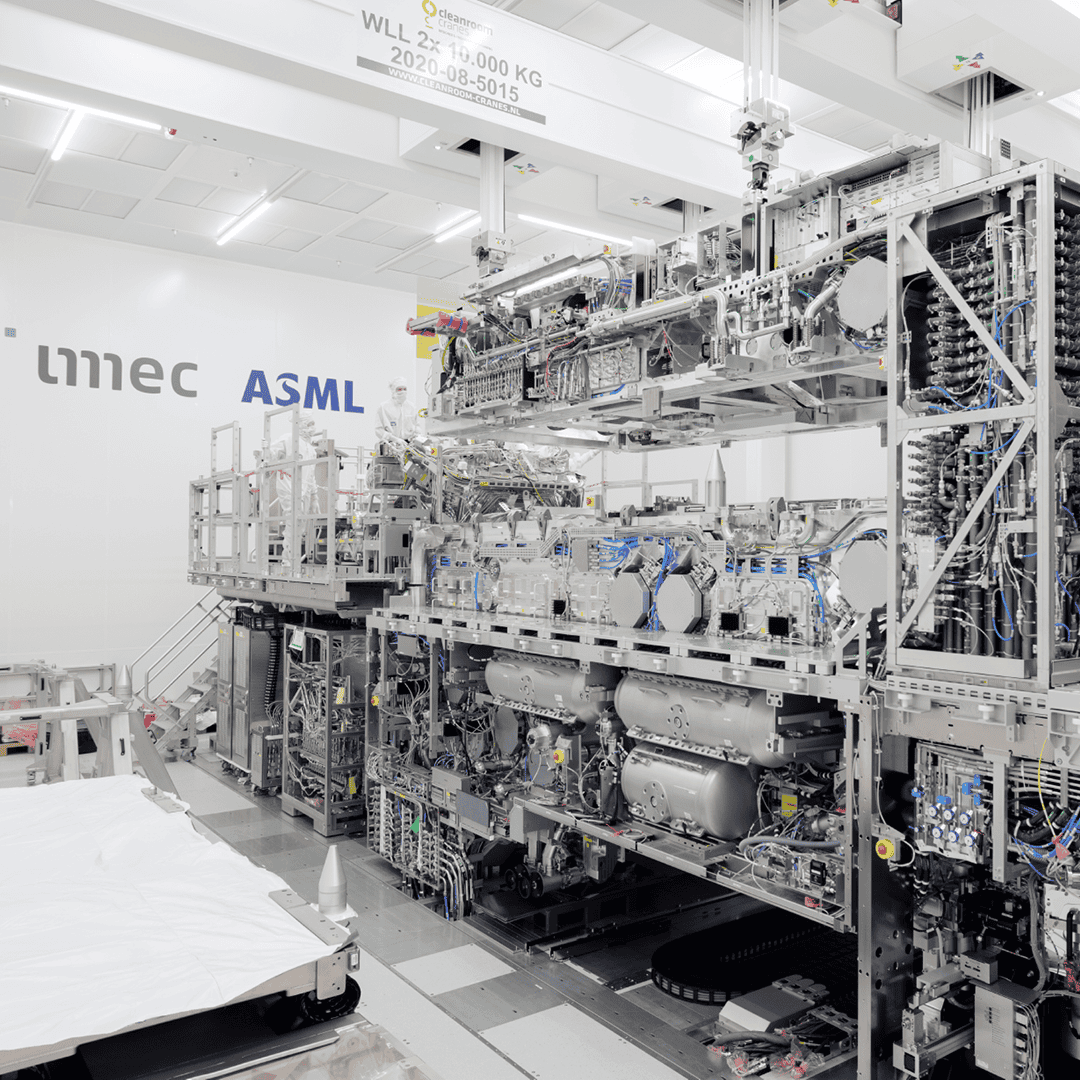
Research into the brain is mostly carried out in white, clinical lab spaces, where the brain activity of humans and animals is measured via sensors and wired connections. Yao-Hong Liu, Scientific Director at imec at Holst Centre in the Netherlands, is leading the Intranet of Neurons project. Here, he works on the development of an efficient, wireless method to conduct research on the brain in a more natural setting to detect diseases. “We want to help patients who have had a stroke eventually regain control over their limbs.”
In a lab environment, neurosensors and wired connections enable accurate measurement of the brain activity of animals. However, the interfaces (which are implanted in the brain) are connected to the computer with wires, which is inconvenient as well as unpleasant for humans and animals. Freedom of movement is severely restricted. Whereas there is a great need in neuroscience to measure brain activity of humans and animals in natural situations using an objective measuring instrument for scientific purposes and in order to detect diseases in the brain – and eventually even stimulate brain areas to remedy disorders.

Yao-Hong Liu, as part of imec at the Holst Centre, was awarded two million euros in 2020 from the European Research Council (ERC) for his Intranet of Neurons (IoN). The goal of the project is to take neuroscience a step forward by making wireless, efficient transmission of neurosensor information possible at very high data rates. The device is comparable to a cochlear implant: a hearing prosthesis implanted in the inner ear. “It is a very small device that is put into a casing in the brain and can transmit signals,” Liu says. “We are busy developing the prototype.”
From hundreds to thousands
One of the major advantages of Liu’s device is the far greater number of neurons that can be measured. This allows for more extensive research into the brain. Neuroscientists have been working hard on techniques to measure brain activity since the 1960s. Ever since the number of neurons we can register through a wired connection has been doubling every six years. Up to one million neurons can be measured by this method. However, the presently available wireless Brain-Computer Interfaces (BCIs) are only capable of registering less than a hundred neurons. To make them usable on a wider scale, and eventually even restore movement and thereby help paralyzed patients, a solution is needed that can register more than ten thousand neurons at a time.
“With the help of the new device, it is now possible to capture data from more than a hundred times more neurons compared to existing technologies. Moreover, we can collect information from neurons spread across several areas of the human brain. This gives us a better picture of how patients are doing,” Liu explains.

Less invasive
Measuring brain activity through this new connection offers even more advantages. The wireless interfaces currently available are large modules that need to be applied, with the risk of accidents and surgical complications. “With this wireless implant, only a small hole needs to be drilled into the skull, rather than having to open it up completely. This significantly reduces the risk of infection.”
Multidisciplinary cooperation
Yet before the wireless device can be used on humans, some obstacles still need to be overcome. One of the biggest challenges in the project is cooperation among multidisciplinary teams, Liu believes. “I focus on the wireless connection of the instrument, but another team at imec is working on the casing, while yet another team is working on decoding the data. It’s an interesting challenge coordinating the cooperation between all these groups of experts.”
Gains in the field of technology
There are also gains to be made in the field of technology. “How do we make sure that the instrument does not cause any problems in the brain? The ultimate aim is to be able to take measurements for a long period of months, even years. So, the implant has to be properly encased and made resistant to body fluids and suchlike. Over the next few years we will continue to improve the instrument in this particular area.”
Giving back control
Currently, the prototype can only measure brain activity. Liu predicts that within ten or twenty years it will be possible to actually stimulate the brain via the wireless connection. “In the future, we could help patients this way, who are suffering from the consequences of a stroke or other illness, by giving them back control of their limbs.”
Just the ability to wirelessly record neural activity in different brain regions is a major step for science. “There is currently no objective assessment tool to detect a disorder in the brain. With this tool, I’m hoping that we can tell patients much more about how their disease is progressing at an early stage.”








